What is an LED panel light
An LED panel light is a surface emission device that makes use of edge-lit technology to achieve consistent uniformity across the light emitting surface (LES) of the luminaire. The revolutionary technology takes advantage of the characteristics unique to LEDs (i.e. directional emission and compact sizes) and uses an innovative optical design to enable an extremely low profile architecture and homogeneous luminance over the entire LES. General and task illumination for commercial buildings has been challenged to deliver even distribution of illuminance across an area or a task plane while offering excellent glare control and visual comfort. Providing totally uniform, smooth and visually comfortable lighting, edge-lit LED panel lights offer very compelling reasons to switch from fluorescent light fixtures as well as other types of LED ceiling lights.
Light fixture installation
LED panel lights can be surface mounted to flat ceilings and serve as a flush ceiling light. They can also be suspended over workstations or meeting room tables to deliver task lighting. However, these flat panel LED lights are most commonly installed in drop ceilings that are frequently found in in offices, educational and medical facilities as well as commercial buildings. A drop ceiling (also known as suspended ceiling, false ceiling, or grid ceiling) is a secondary ceiling that is hung below the main structural ceiling to provide a clean ceiling aesthetic and acoustic insulation, as well as a concealed space to hide mechanical ductwork, electrical conduit, plumbing lines, and the original ceiling. A drop ceiling consists of a metal framework normally made of aluminum or steel, in which the ceiling tiles are dropped or clipped into the T-bar rails to produce a finished ceiling for a space. Light fixtures, sprinkler heads, air diffusers or grills, fire detection devices, and sound systems can be recessed into the T-bar grid in the place of ceiling tiles.
Troffer lights
Overhead lighting from suspended ceiling systems is provided in the form of recessed lighting which sits flush with the ceiling surface. Light fixtures of this type are commonly referred to as troffer lights. LED panel lights are a type of troffer lights which also include volumetric troffers, parabolic troffers, and lensed troffers. In a typical grid ceiling, a T-bar structure provides a grid of square or rectangular openings with a cell size of 2 by 2 feet (610 mm × 610 mm) or 2 by 4 feet (610 mm × 1,220 mm) in the United States and its neighboring countries, or 600 mm × 600 mm or 600 mm × 1,200 mm in Europe and China. LED panel lights, as with other types of troffer lights, are sized slightly smaller for lay-in grid installations.
Optical design of conventional troffers
Conventional troffers typically are deep and cumbersome fixtures because optical systems designed for these luminaires take up a substantially large volume. LEDs are point light sources. The limited dimensions of their light emitting surfaces present an extra design challenge because the concentrated brightness of the high flux density light source must be distributed on a larger surface in order to create an acceptable luminance which is not harsh to the eye. Parabolic troffers use aluminum louvers to control glare. Lensed troffers rely on diffuser optics to soften the harshness of LED light. Volumetric troffers make use a perforated or opaque basket to shield glare while indirectly bouncing light to create a diffused LES. All these optical designs require the fixture to maintain a certain depth. LED panel lights can be made with an exceptionally thin profile (less than 10 mm), which allows the fixtures to easily fit shallow plenum ceilings.
How edge-lit optical systems work
An edge-lit LED panel light features an extruded aluminum frame which provides mechanical support for the light source and optical components while serving as a heat sink that dissipates heat generated in the semiconductor junction of the LEDs. The luminous flux from edge-mount LEDs is regulated by a multi-layered optical system which typically consists of a top reflector, a light guide panel (LGP), and an opal bottom diffuser. The LGP transports light from the edge-mounted LEDs to a point at some distance by means of total internal reflection (TIR) with minimal loss.
The light guide is designed with exit points which allow a controlled amount of light to escape from the light guide. An array of exit points are distributed on the LGP to ensure that the luminous flux from all the LEDs is distributed homogeneously over the entire LES. The top reflector is used to direct light downward. The bottom diffuser provides further diffusion of light dispersed by the LGP. The compound optical system creates a surface emission device that provides flattering illumination with soft luminance and flawless uniformity.
The critical importance of the light guide panel (LGP)
The design of the optical exit points is the primary factor that determines the distribution of the light emitted from the panel, as well as the light extraction efficiency of the LGP. The optical exit points can be designed in various patterns and created using many different technologies. They can be etched or printed directly on the LGP, or formed on a tool which is then injection molded or thermally embossed within the LGP. LGPs are typically made of optically clear thermoplastics such as acrylic and polycarbonate.
Polycarbonate is a leading material choice because of its superior thermal stability compared to acrylic resins. However, the most commonly used LGP material is acrylic which is chosen for its high light transmittance and relatively low cost. Nonetheless, acrylic LGPs tends to discolor after 4 to 6 years of operation, which leads to color shift of the emitted light. Cheap products even have their LGPs made of polystyrene (PS), which will yellow in two years. The color stability of an LGP is one of the key performance markers for LED panel lights. Not only thermal stresses can accelerate color shift in LGPs, environmental stresses such as moisture exposure can also lead to discoloration of LGP unless adequate precautions are taken to protect the optical materials from moisture ingress.
Light source
The light sources that are embedded along the edge of the aluminum frame of an LED panel light are SMD LEDs which are compact in size but may have a wide variation in quality. While thermal performance of plastic LED packages is always a critical consideration, the color characteristics of the light source should be seriously taken note of. A light source can be characterized by its color reproduction performance and color temperature which are both determined by its spectral power distribution (SPD).
Since the adoption of fluorescent lighting, the color quality of interior lighting products is often traded for luminous efficacy. LED lighting is no exception even that LEDs can be designed to provide excellent color rendering at a high efficacy. Typical color rendering index (CRI) of LEDs incorporated in LED panels is in the range of mid to lower 80s. This parameter is acceptable for general lighting applications but is not good enough for illuminating color critical tasks because of the light source’s deficiency in long wavelengths. For excellent color reproduction, LEDs that come with a CRI exceeding 90 and deliver radiant power at all wavelengths of the spectrum should be used.
Color temperature and uniformity
Most commercial applications in developed countries use light sources with a correlated color temperature (CCT) of 3500 K to 5000 K. This CCT choice makes sense as light sources with a high CCT (e.g. 6000 K to 6500 K) contain an excessively high percentage of blue wavelengths that may be disruptive to the human circadian rhythm. SMD LEDs may exhibit greater color differences due to variability that is inherent in the manufacturing process. The edge-lit design allows for color mixing within the light guide and can thus eliminate the LED-to-LED deviations that are evident in direct lighting systems. However, color variations of light sources must be kept under tight control in order to ensure fixture-to-fixture uniformity.
Spaces in today’s commercial, healthcare or education environment need to be flexible and adapt to a variety of uses. This gives rise to the use of tunable white lighting systems. LED panel lights may incorporate a multi-channel light engine that allows to mix LEDs with different CCTs in one system for variable color temperature controls from warm white to cool white light.
Drive current regulation
LED panel lights are operated by off-board LED drivers which regulate the output at a constant current. The challenge for LED drivers is to convert a commercial alternating current into a direct current as efficiently as possible and produce minimal ripples in the output current. Large current ripples cause LEDs to flicker, which can severely strain the human eyes, reduce visual task performance, and even headaches or epileptic seizures for some vulnerable persons.
Dimmable LED panel lights are usually equipped with a driver that has 0-10V dimming capability. Tunable white applications use an intelligent LED driver capable of providing independent control of both color temperature and intensity of light.

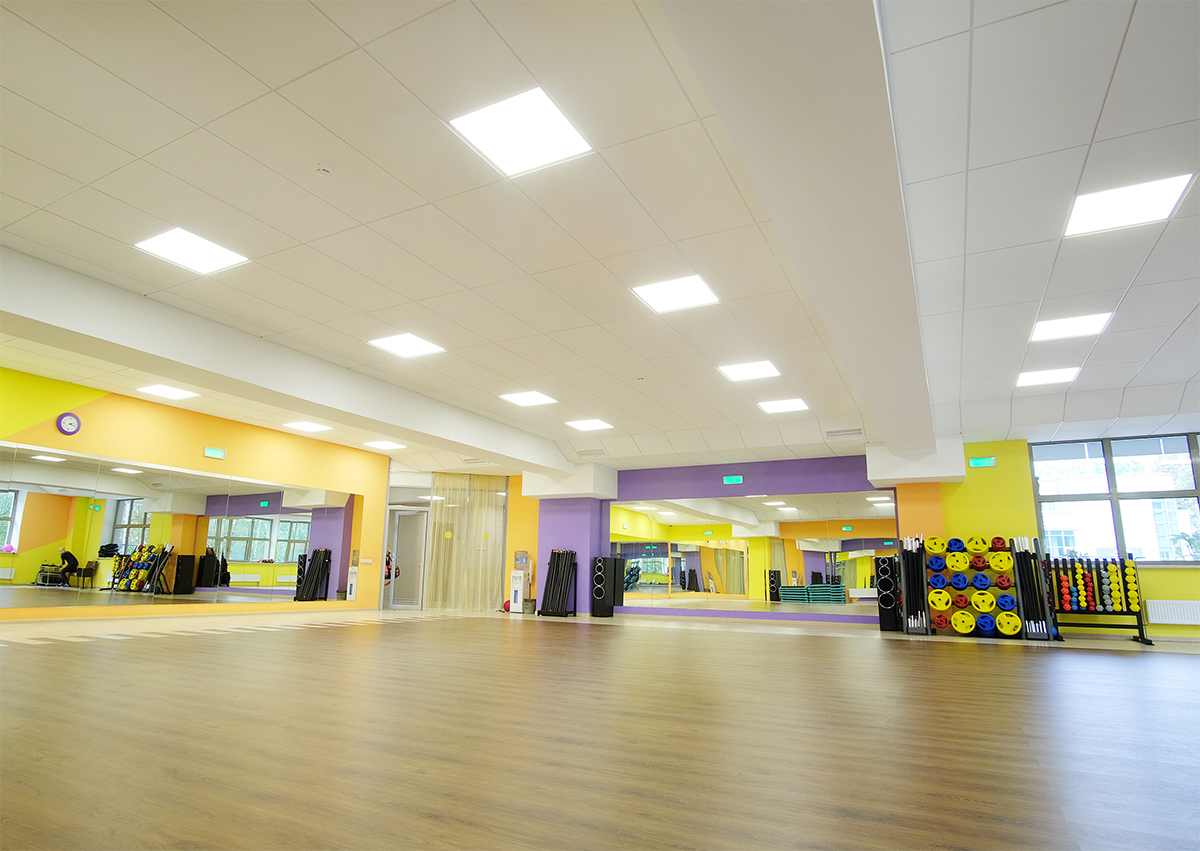
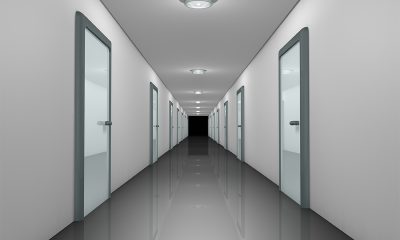
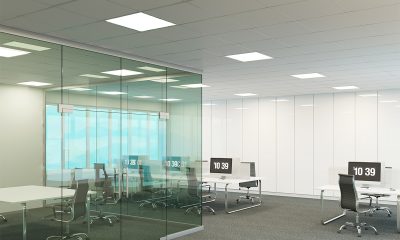
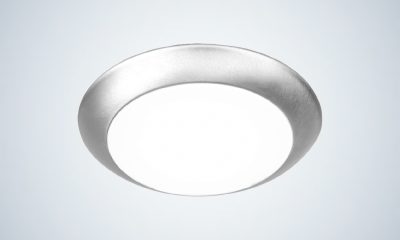
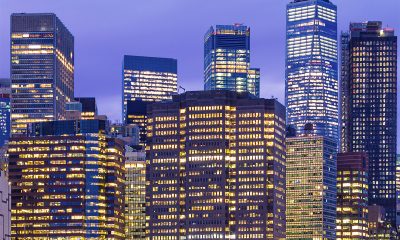
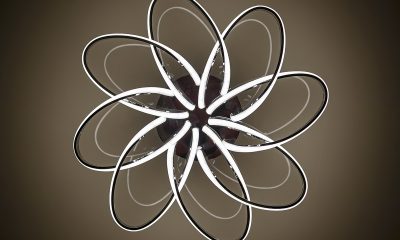
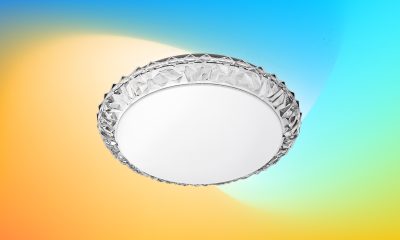
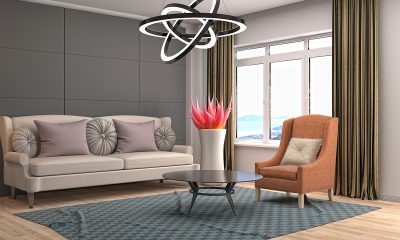
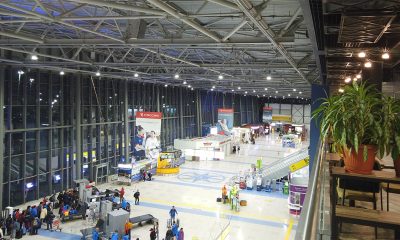
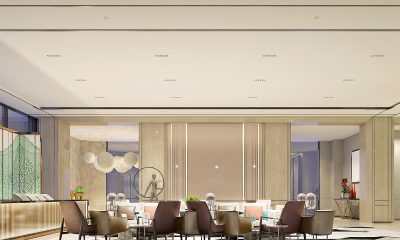
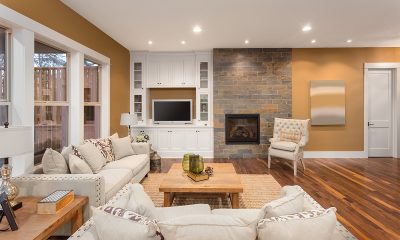
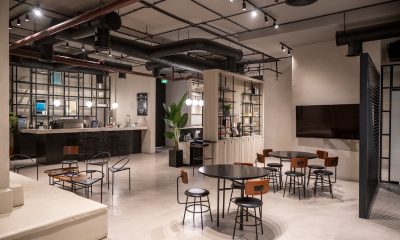
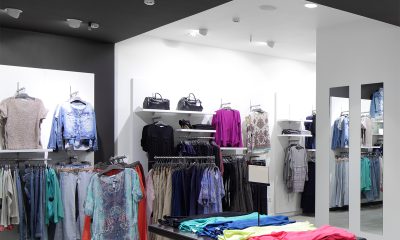





Loading...